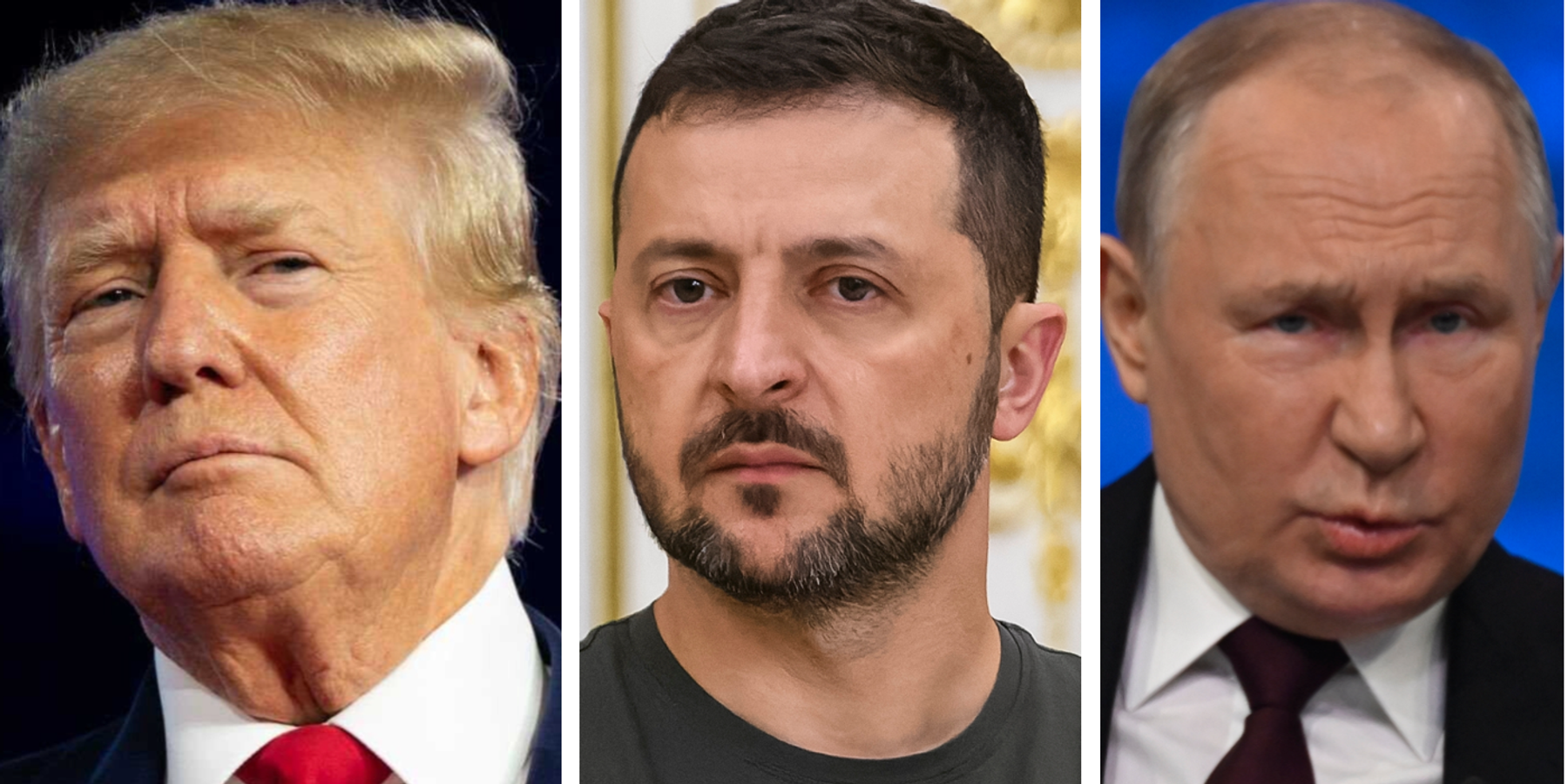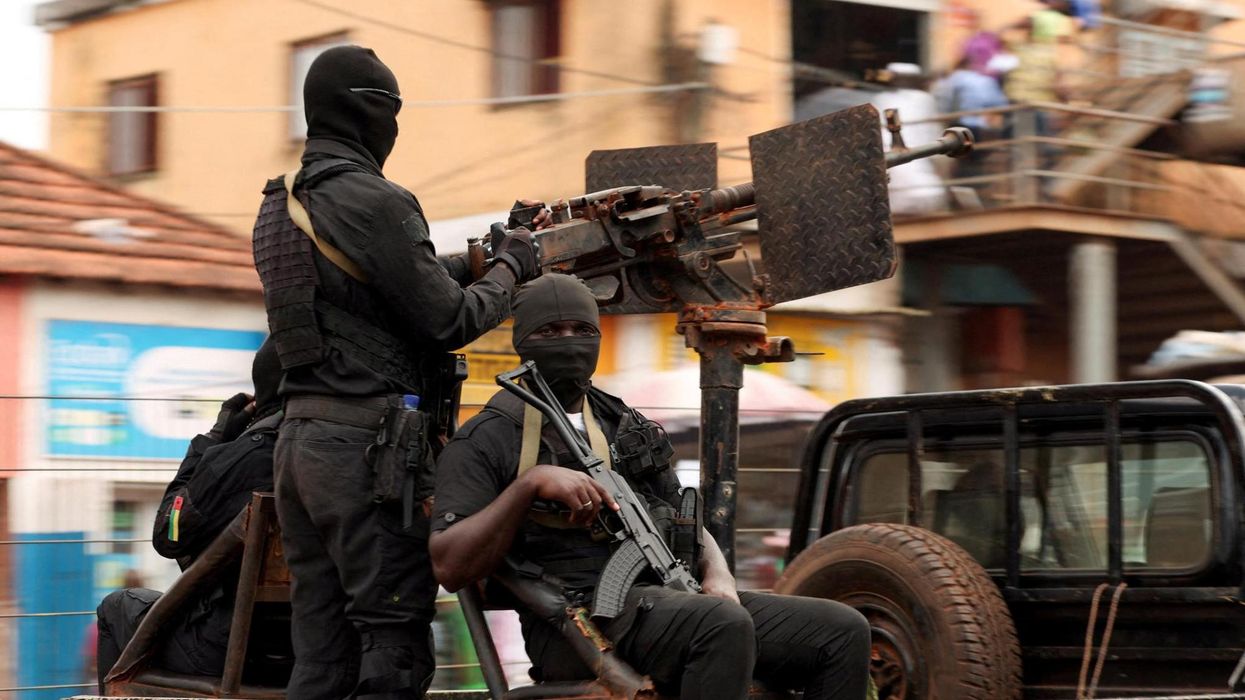The Trump administration’s suspension of military aid and intelligence to Ukraine has some justification, but also involves serious dangers.
The argument in favor is that it is the only way to get the Ukrainian government to engage in serious negotiations and eventually agree to a compromise peace. Previously, it refused to do so, by ruling out talks with Putin and setting public terms not for peace but for “victory.”
Even at President Zelensky’s notorious meeting with President Trump and Vice President Vance in the Oval Office on February 28, it was still clear that Zelensky was hoping to get the U.S. administration to support Ukrainian positions that would make any peace settlement with Russia impossible and require the U.S. to go on indefinitely providing Ukraine with military and financial aid.
However, for a peace settlement to be reached it is clear that Russia will also have to compromise on its previous demands, especially vis-a-vis Ukraine, as some of these could not – and should not – be accepted by any Ukrainian government. And so, very appropriately, Trump has also threatened Russia with damaging new sanctions if it rejects agreement and chooses to continue the war.
These unacceptable Russian conditions include Putin’s demand that, in return for a ceasefire, Ukraine must withdraw from the whole of the four provinces that Russia claims to have annexed but that Ukrainian forces still hold – including the provincial capitals of Kherson and Zaporizhia; and that Ukraine should reduce its armed forces to a point where it would be effectively defenseless.
It is clear that a debate is taking place among the Russian elites on whether to press these demands or compromise on them. In the end of course, President Putin will decide, and we do not know what is going on in his mind. It seems likely that he has not yet decided, if only because the course of events on the battlefield remains unclear. Until now, Russia has been advancing, but only very slowly and with heavy casualties.
But in the view of a member of the Russian elite (previously close to Putin) with whom I spoke last June, while Putin is a pragmatist who is willing to compromise if that is the best option, if Ukraine were to collapse militarily, then, within Putin’s mind, “Peter and Catherine are still waiting” – a reference to the two Russian monarchs who conquered most of Ukraine from the Turks and Poles in the 17th and 18th centuries. The risk then of Trump’s suspension of aid to Ukraine is that it will embolden Russian hardliners – including the hardline side of Putin – to reject compromise and hold out for a greater victory.
This would be a dreadful mistake on the part of the Russian government. For Moscow now has within sight the possibility of something that it has been seeking in vain for more than three decades, under Gorbachev, Yeltsin and Putin: a great and lasting agreement with the United States, that will end Washington’s efforts to exclude Russia from consultation on European security issues and destroy its status as a great power. It would be an act of historic folly on Moscow’s part to throw this away for the sake of capturing some ruined cities in eastern Ukraine, inhabited by bitterly resentful people.
However, by radically alienating U.S. Democrats and many Europeans and encouraging a hostile (and false) rhetoric that the present peace process involves “surrender” to Russia, the Trump administration may have aggravated one weakness in the Ukraine peace process and indeed any other agreements entered into by the U.S.: that, in the words of one Russian official (echoed by remarks of those from many countries), “No agreement signed with Washington can be relied on for more than four years at the most.”
In other words, there can be no guarantee that if U.S. elections lead to victory for the opposite party, a new administration will not simply tear up everything that the previous administration agreed — something exemplified by the behavior of the previous Trump administration with respect to the nuclear deal with Iran in 2017. If the Democrats and their political allies in Europe believe or can plausibly claim that an agreement made by Trump simply constitutes “betrayal” of Ukraine, democracy, the “ruled-based order” and so on, then, if they win in 2028, they may well be tempted to cancel or undermine any agreement with Russia.
And it must be remembered that, while Western governments and the media talk endlessly of how “Russia cannot be trusted,” and that therefore Ukraine must be given “permanent, ironclad guarantees” of future security (as if such things have ever existed, or could exist in history), a long series of abandoned treaties and broken promises over the past 30 years give Russians at least equal reasons to distrust the West.
Two things are therefore essential for any stable peace settlement: First, and obviously, it must be one that both Ukraine and Russia can live with, however grudgingly, and that therefore meets their most basic conditions. Second, it must be as formal, detailed, and diplomatically strong as possible. As Putin has reportedly suggested, this need not delay a ceasefire as long as the basic framework for peace is firmly and publicly nailed down in advance. This means among other things that it must be signed under the auspices of the United Nations and involve peacekeepers from leading members of the “Global South,” whom Russia would be deeply unwilling to alienate.
However, the threat of, at some stage, violating a settlement does not only come from Russia. Ukrainian extremists will be deeply unhappy with any compromise peace and may well be tempted to continue their campaign of assassinations of pro-Russian officials in the occupied areas of Ukraine as well as leading figures in Russia itself. If this occurs after a peace settlement, it will be regarded by Russia (and much of the international community) as terrorism, and responded to accordingly.
This is why any peace settlement, however painful for Ukraine, must also meet its genuine needs. It is also why the Trump administration must go on trying to work with the British and Europeans, while telling them clearly and unequivocally that a U.S. “backstop” for a European “peacekeeping” force in Ukraine — and the peacekeeping force itself — are out of the question, as they would amount in effect to a NATO pledge to fight Russia in the event of a new war. Especially as Washington reduces its role in Europe, the EU and European states will play the key future role in reconstructing Ukraine, funding Ukraine, and therefore influencing Ukraine.
For a peace settlement to last, it is essential that the European states employ their aid and influence Ukraine in ways that do not maintain or restart deep tensions with Russia. Long-term, carefully planned European rearmament is necessary if European countries are to assume responsibility for their own defense, relieve the burden on the U.S., and also — paradoxically — develop the self-confidence and sense of security necessary to establish a stable and peaceful relationship with Russia. This rearmament is a quite separate issue from that of arming Ukraine for indefinite war, let alone intervening there.
At present, the (exaggerated) appearance of a break with the U.S. has reduced many of the European establishments to a condition approaching hysteria. This includes encouraging the Ukrainian government to set conditions for peace that will make agreement with Moscow impossible and suggestions that they can support Ukraine in rejecting compromise and continuing the war without Washington’s help. This would not only risk catastrophe for Ukraine; it would virtually ensure it.
The U.S., Europe, Russia and Ukraine now have the chance to achieve the historic opportunity offered by Mikhail Gorbachev, of a “Common European Home” that is also a European “house with many rooms” ensuring peace and security on the continent, and allowing the U.S. to escape the costs and dangers of its European commitments. We lost that chance after the end of the Cold War, and numerous disasters have resulted, greatest among them the Ukraine War. We must not lose it again.
















